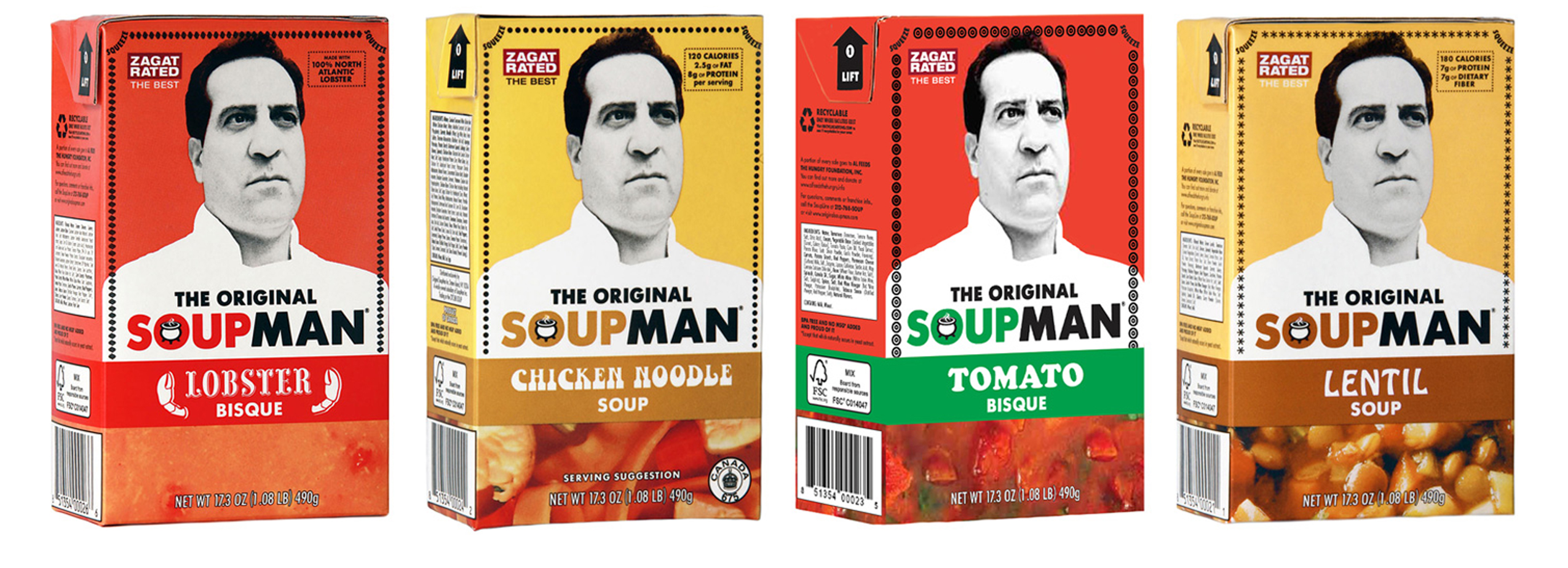Can They Hack It?
The Campbell Soup Co. is holding a contest with a uniquely tech-savvy twist: Entrants must think of an exciting dinner idea using the Campbell’s Kitchen application programming interface (API), for a shot at winning $25,000, plus a $25,000 contract to develop the idea into a market-ready application.
Runners-up in the “Hack the Kitchen” competition will receive $10,000 for their ideas, which Camden, N.J.-based Campbell could develop in the future.
The ideas “can be any kind of Web or mobile experience: an app, or a game, or something totally new,” according to Campbell.
Up to 10 finalists will get to present their applications -- via videoconference if necessary -- to the event judges at Google headquarters in New York. The judging panel consists of Mike Senackerib, global chief marketing officer/general manager at Campbell; Chris Pirillo, founder and maintainer of Lockergnome Inc., a network of blogs, web forums, mailing lists, and online communities; and a target audience representative still to be revealed.
Submissions, which must be received by Feb. 1, will be judged on their alignment to the main objective of helping people get dinner on the table; novelty and innovation; relevance and value; and feasibility.
The Case for Tetra Recart
 Used by The Original SoupMan (left) and Pacific Natural Foods, among others, for their respective soup lines, Tetra Recart is touted by its creator, Tetra Pak, as “the 21st-century alternative to canned food.” Here are some reasons provided by the Sweden-based company for this bold assertion:
Used by The Original SoupMan (left) and Pacific Natural Foods, among others, for their respective soup lines, Tetra Recart is touted by its creator, Tetra Pak, as “the 21st-century alternative to canned food.” Here are some reasons provided by the Sweden-based company for this bold assertion:
- Provides a shelf life of up to two years.
- Offers opportunities for brands to stand out on the shelf with a flat surface enabling new design options and allows printing on the entire package, creating a “billboard effect.”
- Provides more for less, improving profitability by reducing costs and environmental impact throughout manufacturers' entire value chain.
- Increases retailers’ profitability by improving shelf efficiency and reducing in-store operating costs and environmental impact -- grocers could free up to 44 percent of space (39 more facings) per 4-foot shelf, depending on the comparable sizes of can and carton.
- Numerous other enviromental benefits include having a low total carbon footprint, and being made from renewable, recyclable paperboard.
- Allows retailers to drive packaging innovation with their own brands, thereby attracting new shoppers and driving category growth.
- Growing shopper appeal, as, according to Chicago-based SymphonyIRI, consumers perceive products in cartons to be fresher, more natural and better-tasting, particularly among the coveted millennial demographic.
